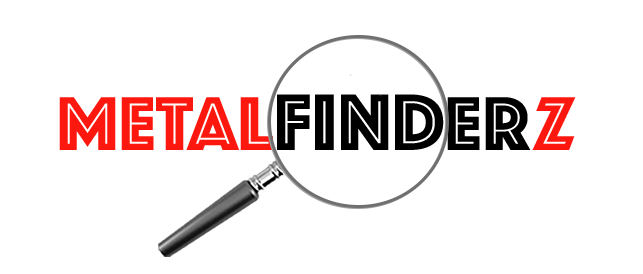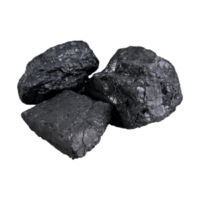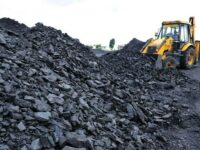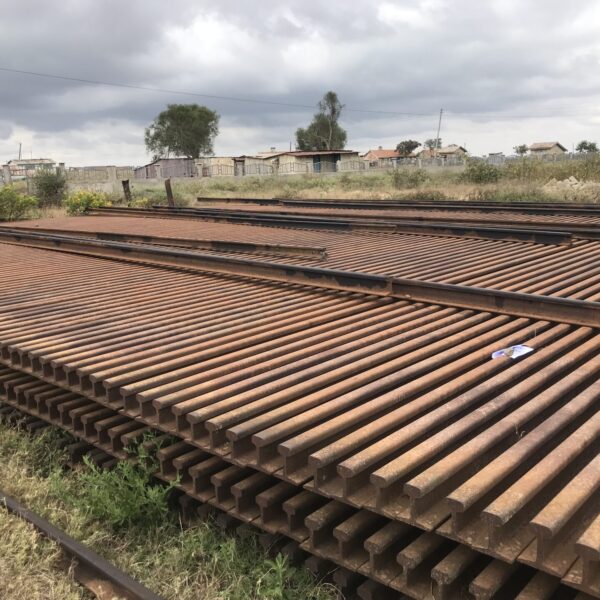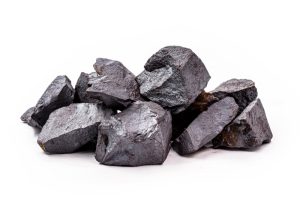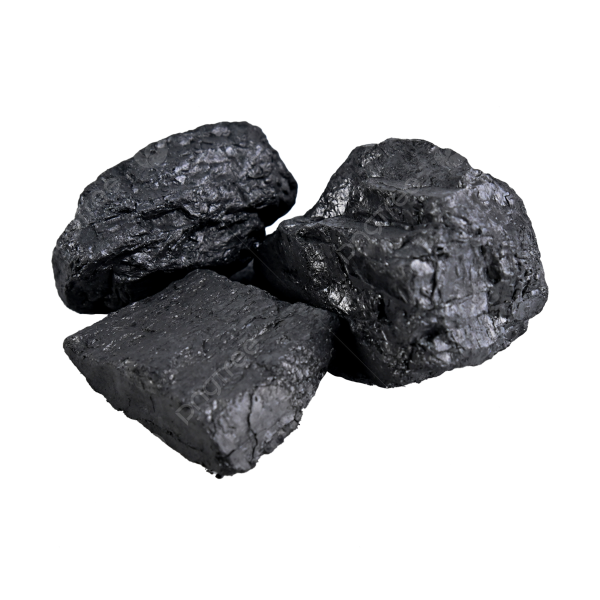Origin:SOUTH AFRICA
1. RB1 Coal
– Washed – $TBC per metric ton (Witbank, Ermelo, and Middleburg)
2. RB3 Coal:
– Washed – $TBC per metric ton (Witbank, Ermelo, and Middleburg)
– Unwashed – $TBC per metric ton (Witbank)
3. Peas A Grade Coal:
– $TBC per metric ton (Witbank)
Origin:TANZANIA 🇹🇿
Percentage (5000CV TO 7200CV)
Price:TBC
Nearest port: Mtwara.
Available quantity:50000MT
Monthly supply capacity:300000MT
Coal: The Black Gem Facing a Changing Landscape
Description: Coal, a sedimentary rock formed from compressed, decayed plant matter over millions of years, serves as a fossil fuel primarily used for power generation. It exists in various ranks based on carbon content, heating value, and volatile matter, with the main types being:
- Anthracite: Highest carbon content, hardest, cleanest burning, but least common.
- Bituminous: Most abundant type, used in power plants and steel production.
- Subbituminous: Lower carbon content than bituminous, often used in power generation.
- Lignite: Lowest carbon content, softest, highest moisture, primarily used in power generation in specific regions.
Key Source Countries: Coal production remains concentrated in a few major players:
- China (50%): The world’s leading producer and consumer, driven by its massive industrial sector and reliance on coal-fired power generation.
- India (13%): Experiencing rapid growth in demand due to population increase and economic development.
- Indonesia (6%): Major exporter of thermal coal for power generation.
- United States (6%): Remains a significant producer, primarily using coal for domestic power generation.
- Australia (5%): Major exporter of high-quality metallurgical coal used in steel production.
World Output Volumes: Global coal production reached approximately 7.9 billion tonnes in 2022, with predictions of a plateau or decline in the coming years due to climate change concerns and cleaner energy alternatives.
Major Producers and Market Share (Excluding China):
- Vietnam (4%): Rising production for domestic power generation.
- South Africa (3%): Significant exporter of thermal coal.
- Russia (3%): Exports primarily to Europe and neighboring countries.
- Kazakhstan (2.5%): Major exporter of thermal and coking coal.
- Germany (2%): Significant coal producer and consumer for power generation.
Forms of Trade: Coal trades in various forms:
- Thermal Coal: Used for power generation, traded via physical delivery (ships, trains) or futures contracts.
- Metallurgical Coal (Coking Coal): Used in steel production, traded via long-term contracts and spot purchases.
- Blended Coal: Mixtures of different coal types to meet specific needs, traded similarly to thermal or metallurgical coal.
Price Trends (Past 5 Years): Similar to other fossil fuels, coal prices have experienced volatility:
- 2018: Prices averaged around $65/tonne due to oversupply and weak demand.
- 2019: Prices rose to $70/tonne due to geopolitical tensions and supply disruptions.
- 2020: Prices plummeted to $45/tonne due to the COVID-19 pandemic and reduced economic activity.
- 2021: Prices surged to $120/tonne due to a global energy crisis, supply chain disruptions, and rebounding demand.
- 2022: Prices remained high, averaging around $80/tonne, with fluctuations based on global events and regional demand.
Major Importing Countries:
- India (23%): Reliance on coal for power generation drives significant imports.
- Japan (14%): Limited domestic resources necessitate coal imports for power generation and steel production.
- South Korea (9%): Similar to Japan, relies on coal imports for energy and industrial needs.
- China (7%): Despite being a major producer, also imports specific coal types to meet domestic demand.
- Vietnam (6%): Growing demand for power generation fuels coal imports.
Major Exporting Countries (Excluding China):
- Indonesia (20%): Major exporter of thermal coal to Asian countries.
- Australia (17%): Leading exporter of high-quality metallurgical coal.
- United States (12%): Exports primarily thermal coal to Asian and European markets.
- Russia (10%): Exports thermal and coking coal to Europe and neighboring countries.
- South Africa (7%): Major exporter of thermal coal.
Other Important Aspects for International Traders and Buyers:
- Coal Quality: Different ranks and types of coal vary in heating value, ash content, sulfur content, and other properties impacting price and suitability for specific applications.
- Transportation Costs: Shipping distances and infrastructure play a significant role in import/export costs.
- Environmental Regulations: Stringent emissions standards and growing pressure to combat climate change can impact coal demand and trade flows.
- Alternative Energy Trends: The rise of renewable energy sources and cleaner technologies could gradually decrease coal demand in the
